Virtual Student-Led Conferences and Personalized Learning
You have started down the road of personalized learning. Please take time to celebrate yourself for creating a community with your students! You have grown in a relationship with your students and established an understanding and expectations for learning in your classroom. Your students are in a safe space where they can share their voice about learning and have a choice for demonstrating mastery. Finally - and this one is important - students are taking ownership of their learning. They’re making choices to be self-directed, to seek help when needed, and to challenge themselves when they know they can do more. What’s next? It’s time to have your students begin to prepare for student-led conferences. As with everything this year, we need to learn to shift a little to move face-to-face student led conferences into the virtual environment.
Student-led conferences are a great space for engaging families in the learning process. Virtual student-led conferences are the next step, in that they create an opportunity for increased equity to school access. Virtual conferences allow the flexibility that is needed in order for caregivers to be involved in the academic environment. For the student, this is an opportunity to display their learning, both their successes and their struggles. Students have the opportunity to personalize the conference through the artifacts that they select to discuss during the conference.
The criteria for selecting the artifacts from the student portfolio should come from co-planning experiences between the teacher and the students. Together they can identify work that presents a complete picture of student learning. Make sure your students are confident and clearly able to communicate their understanding of their learning. Allow time to practice or role-play the virtual student-led conference experience. This should be done with classmates using the online tool where the conference will actually take place. It may be necessary to provide students with a practice script to help them think through the experience. There may be some items that will still need to be discussed between the teacher and the caregiver, such as graduation requirements or transcripts in the case of high school students.
After the student conference, it is necessary to provide students with a feedback opportunity for them to share their thoughts from conducting the conference. Students need to know their thoughts are valued as much as the feedback from the teacher or the parents. This last step makes virtual student led conferences truly a personalized learning experience for all stakeholders.

